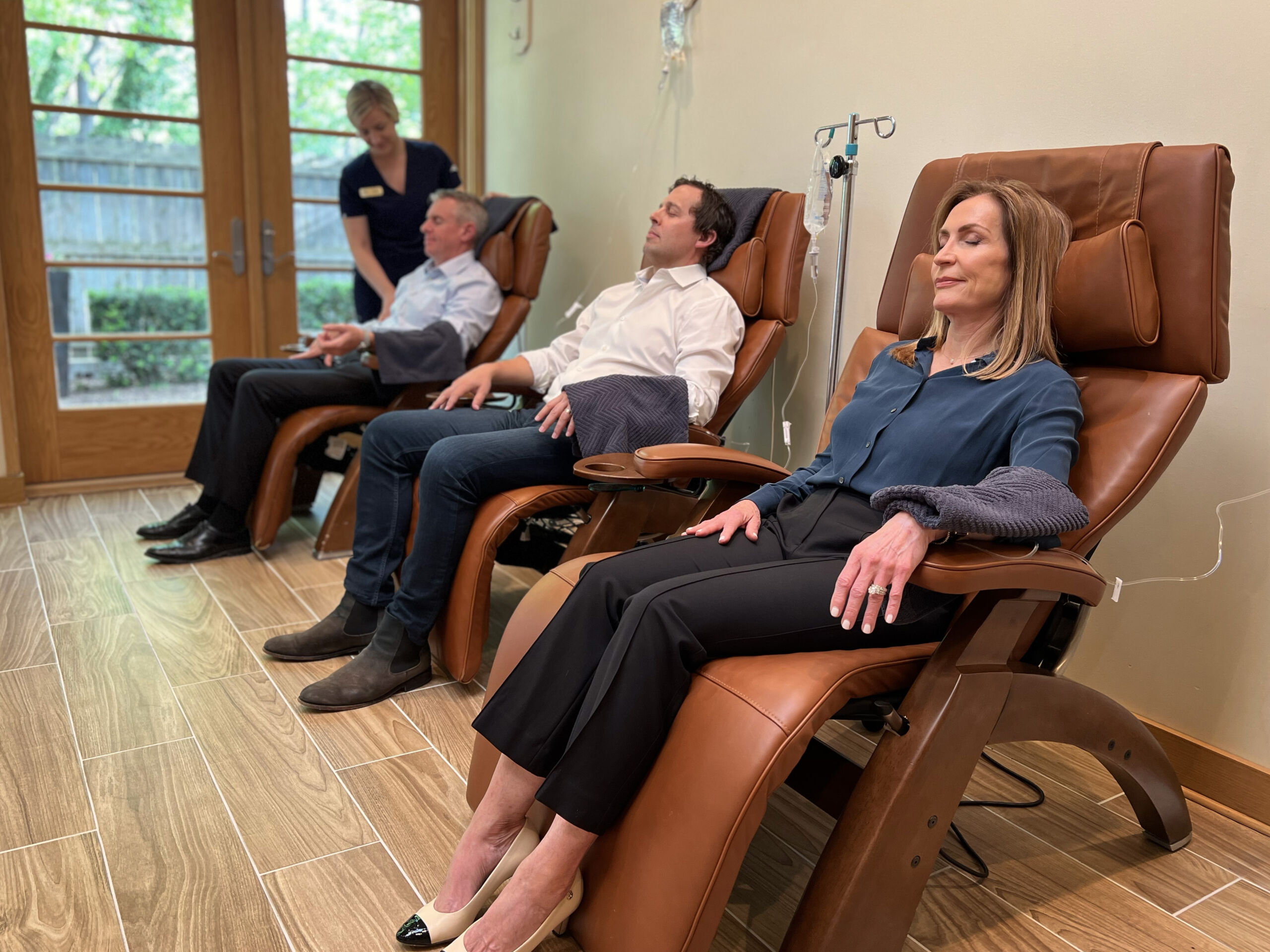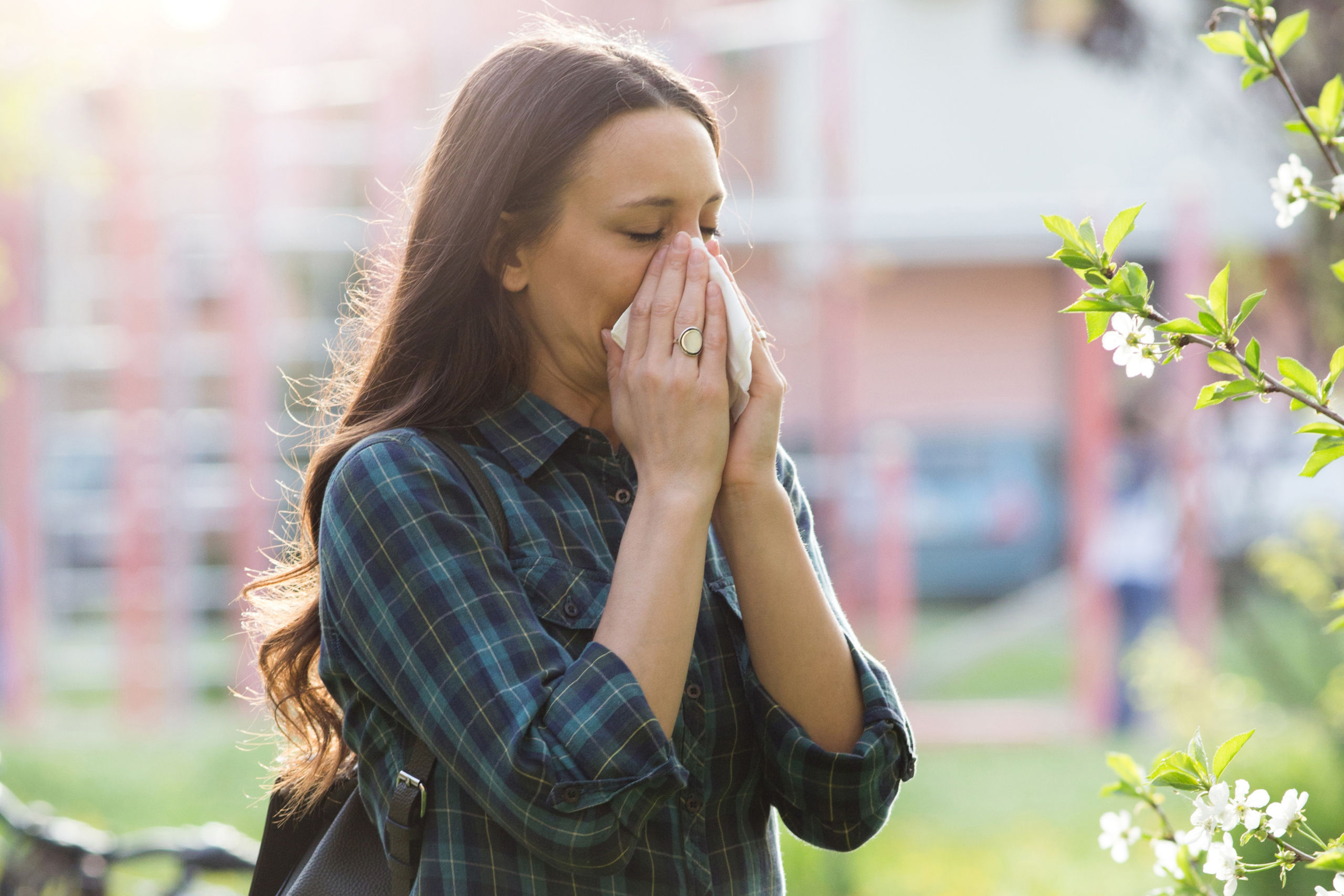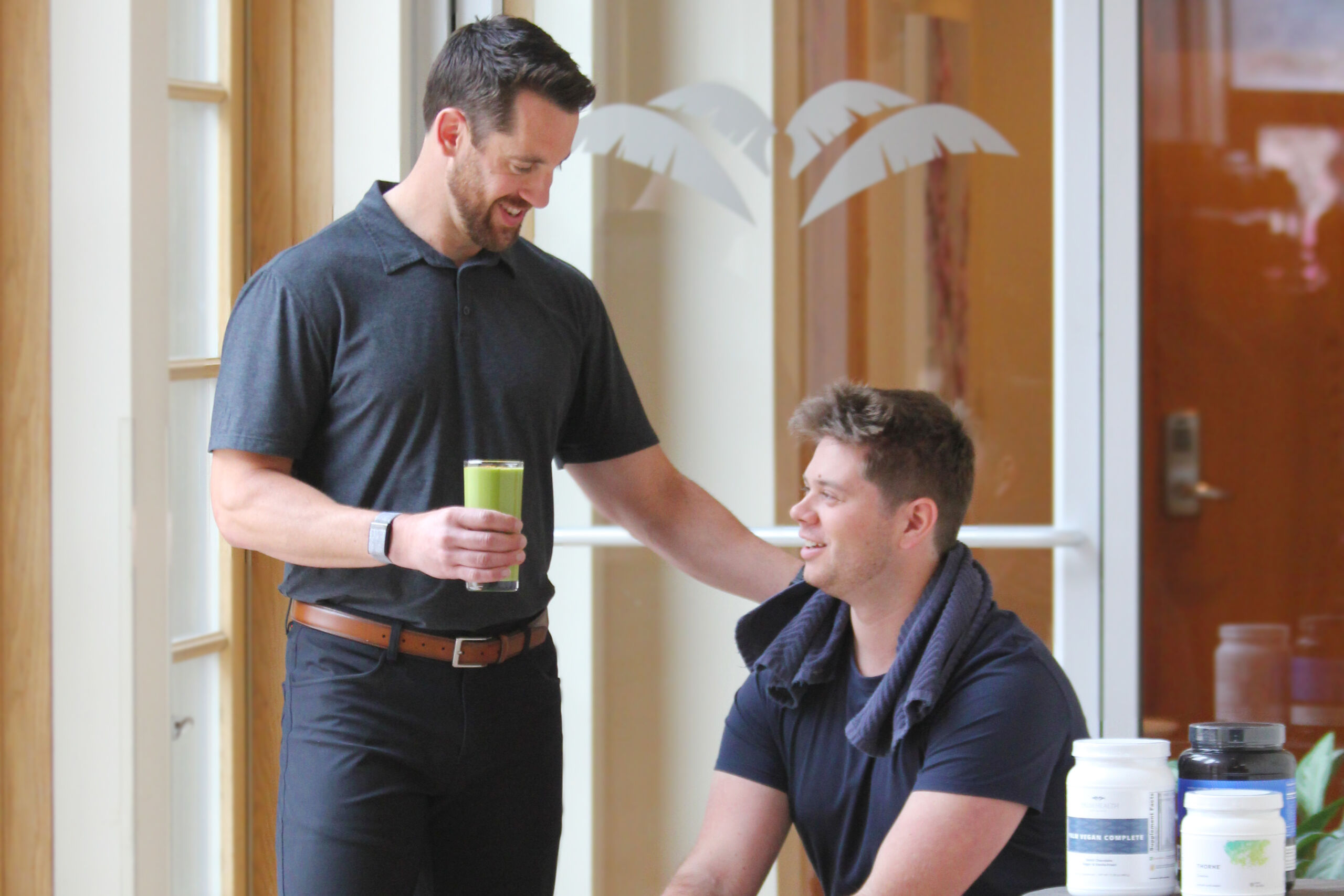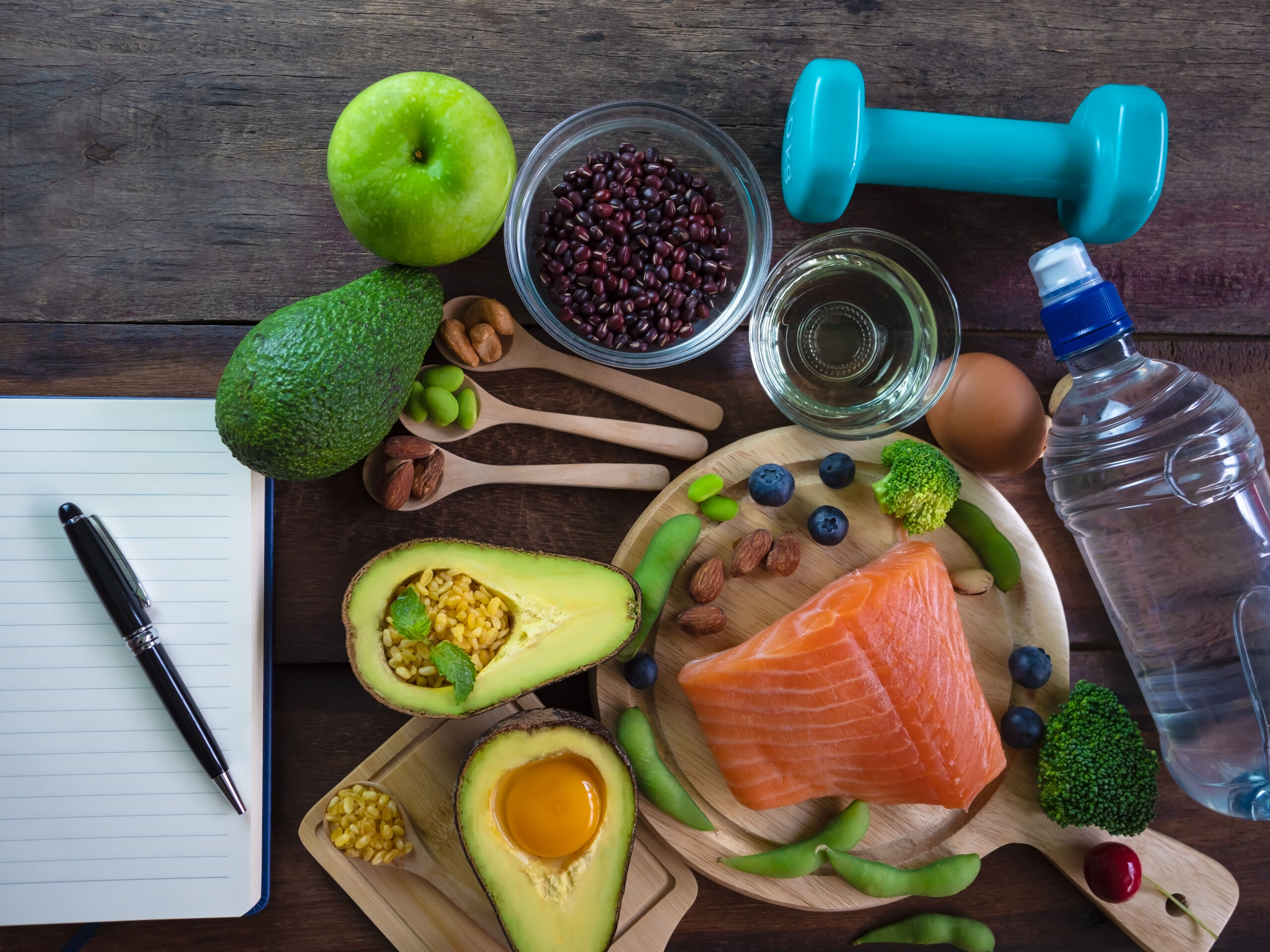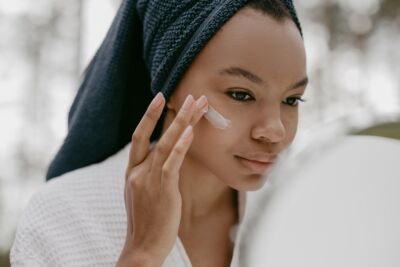 Dealing with premature lines, wrinkles, spots, and other signs of aging? Dry and damaged skin? Adult acne?
Dealing with premature lines, wrinkles, spots, and other signs of aging? Dry and damaged skin? Adult acne?
There may be an imbalance in your skin’s microbiome. What does that mean?
According to esthetician Jody Thurman, “The skin microbiome is an unseen community of microorganisms that coexist with you in your system, influencing your skin’s health and vitality.”
That’s right — you live with an entire community of live bacteria and fungi, viruses, and other microbes. “On the skin’s surface alone, there are about a million microorganisms per square centimeter,” says Jody.
Your microbial composition is unique to you, determined largely by genetics, environment, lifestyle choices, and more. It’s also ever-changing. Humidity, temperature, day-to-day hygiene changes, and products cause the microbiome’s composition to fluctuate.
Sounds a little strange to think of an entire community of living things on your skin, right? But it’s actually incredibly beneficial — or it can be, depending on how you treat it.
The microbiome has a huge influence on the skin’s hydration, pH balance, wound healing, and defense against pathogens. So, if your microbiome is unhealthy (disrupted or containing high levels of bad bacteria), that dysbiosis can cause problems like dry or damaged skin, inflammation, acne, psoriasis, early aging, eczema, infections, and more.
If it’s healthy and well-kept, it can result in hydrated, smooth, resilient, and youthful skin.
So how do you take care of your skin’s microbiome? Let’s start with the four most common disruptors of the microbiome and what you can do about them.
1. Taking antibiotics.
Though sometimes necessary for other health reasons, oral antibiotics should be used sparingly. Antibiotics are used to kill harmful bacteria when it gets into your system — typically used for infections of various types.
“The problem is,” says Jody, “When you take antibiotics, they not only kill off the harmful bacteria, but also the beneficial bacteria that keeps your microbiome strong.” Thus, antibiotics disturb the microbial balance and can easily lead to dysbiosis.
If you’re on antibiotics long-term, another effect is that bad bacteria can become resistant to the antibiotic over time, rendering the medication ineffective.
What can you do?
Only take antibiotics when necessary and prescribed. In the meantime (and especially right after antibiotics), take a probiotic supplement and eat a wide variety of probiotic foods (more on this later). This will prepare your gut and help it recover after antibiotics by providing high quantities of the healthy bacteria that antibiotics will likely kill off.
2. Over-cleansing.
 A rather unexpected one, over-cleansing can be just as harmful, if not more, as not cleansing at all. If you’re washing your face more than twice a day, you can run the risk of stripping your skin of its natural oils that actually serve as healing and self-cleaning mechanisms.
A rather unexpected one, over-cleansing can be just as harmful, if not more, as not cleansing at all. If you’re washing your face more than twice a day, you can run the risk of stripping your skin of its natural oils that actually serve as healing and self-cleaning mechanisms.
Plus, over-stripping the skin of these oils will eventually cause the oil glands to overact and produce more oil than necessary, which can lead to the opposite of the desired effect.
Over-cleansing can also happen when you use cleansers and products that are too harsh for your skin type. Many of the acne-fighting cleansers out there, for example, contain cocktails of harsh ingredients that are meant to kill acne-producing bacteria and fight oil. But these ingredients often have a stripping effect that damages the skin more than it helps.
If your skin feels dry or tight after washing, it’s a sign you may be over-cleansing.
What can you do?
Opt for simple, pH-balanced cleansers without harsh or abrasive ingredients — especially if you use other active ingredients like retinoids or acids in your skincare routine. Jody recommends the Biojuve Conditioning Cleanse as a safe option. Wash your face no more than twice a day, and for many, a simple rinse with water can be enough in the morning without a full cleanse.
3. Overexposure to environmental factors.
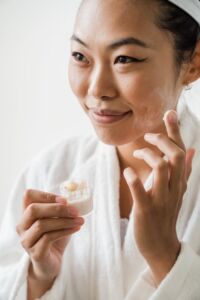
You probably know by now that UV rays are harmful to the skin if you don’t protect against them. But pollution and general climate changes can also be harmful, especially when you’re spending a lot of time outdoors.
“Environmental factors” doesn’t just encompass outdoor elements, either. Materials used to make clothing and other items you may use on a day-to-day basis in contact with your skin are often infused or treated with harmful chemicals that — even after being washed — can be abrasive and detrimental to the chemistry on your skin surface.
What can you do?
Always, always, always use sunscreen to protect your skin from UV! Sunscreen should be a part of your daily morning skincare routine. Jody’s favorite is the Eminence Radiant Protection SPF Fluid.
Watch out for materials treated with flame retardants, Polyfluorinated substances (PFAS), lead, chromium, phthalates, chlorine bleach, AZO dyes, and formaldehyde — they are most often found in synthetic materials like polyester, spandex, nylon, and more. Opt for natural materials like cotton, wool, leather, and silk when possible.
4. Eating an unbalanced diet.
 Nutrition is a core element of every aspect of good health. You may not think to link your skin to your diet, but it’s a big one. Poor or unbalanced nutrition can negatively affect your gut health, which in turn affects the diversity and balance of the skin microbes.
Nutrition is a core element of every aspect of good health. You may not think to link your skin to your diet, but it’s a big one. Poor or unbalanced nutrition can negatively affect your gut health, which in turn affects the diversity and balance of the skin microbes.
Oftentimes, a disrupted microbiome can be a result of not eating enough prebiotic and probiotic foods and eating too much processed food.
What can you do?
Pack those prebiotic- and probiotic-rich foods in your diet. Some great prebiotic foods include sweet potatoes, Jerusalem artichokes, celery root, turnips, beets, and other root veggies; for probiotics, try coconut yogurt, kombucha, miso, tempeh, and fermented foods like sauerkraut, kimchi, and raw pickles.
Probiotic foods contain healthy live microorganisms that maintain and grow the populations of good bacteria in the gut, while prebiotics act as “food” for those healthy bacteria to help them thrive and flourish.
Make Your Skin Microbiome Even Stronger
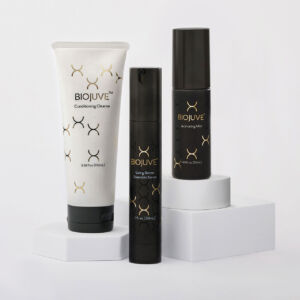 In addition to these lifestyle practices, you can reinforce your skin’s microbiome even more with targeted skincare. Where most traditional skincare targets the surface level of the skin, Biojuve skincare goes straight to the source by acting on the microbiome.
In addition to these lifestyle practices, you can reinforce your skin’s microbiome even more with targeted skincare. Where most traditional skincare targets the surface level of the skin, Biojuve skincare goes straight to the source by acting on the microbiome.
Biojuve introduces live, helpful bacteria to the skin topically. The full routine is simple: use their microbe serum and activating mist at night, and their Biome Support Complex in the morning. Plus, there are gentle cleanser and moisturizer options. A revolutionary new technology, Biojuve has shown significant improvement of texture, lines, and spots in studies.
You can purchase Biojuve skincare at PALM Health now — shop in-store to get it!
Many skin-related issues can also be greatly improved with regular facials. You can book a facial at PALM Health with Jody to get your skin evaluated and treated with products tailored to your needs. If you’re not a member, you can purchase a Body and Beauty Pass to experience a facial with Jody for a day.
PALM Health is an innovative, whole-person medical and wellness company that helps people reach and maintain well-being. Our experts in medicine and wellness empower people to transform their health, become more resilient, and feel their personal best in mind and body.



